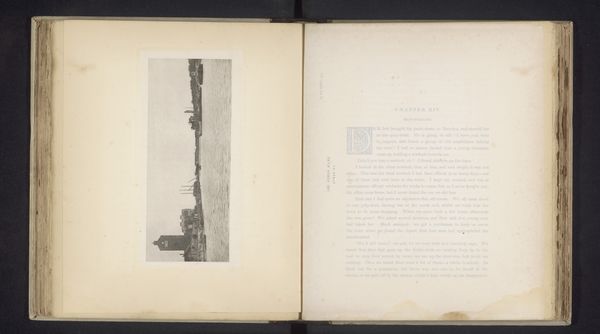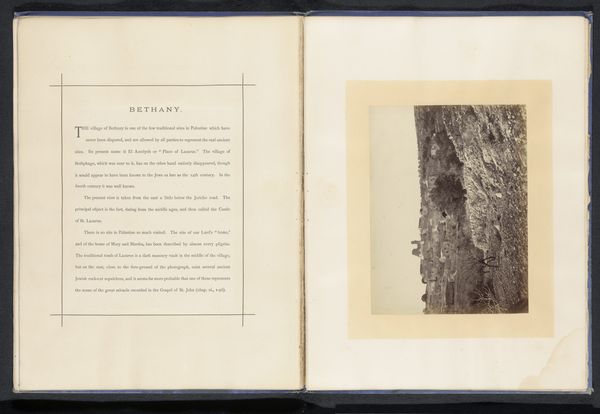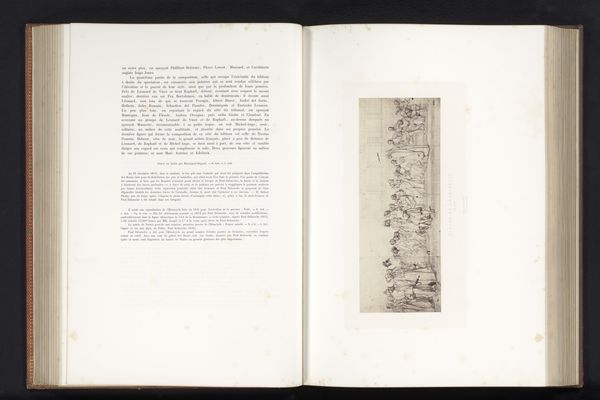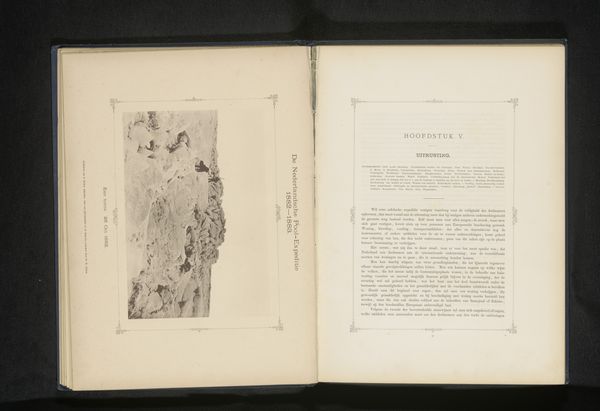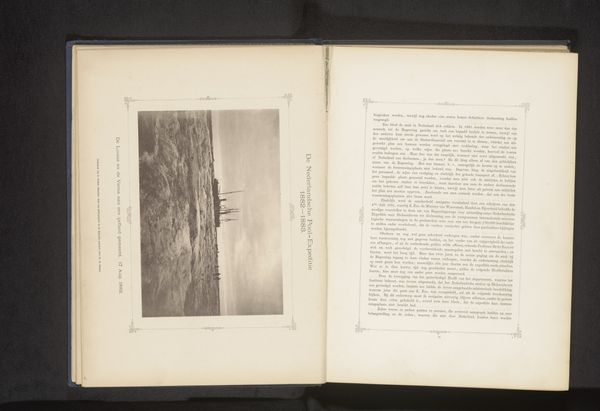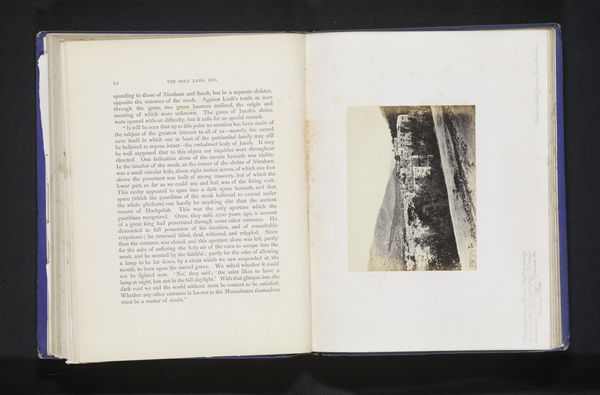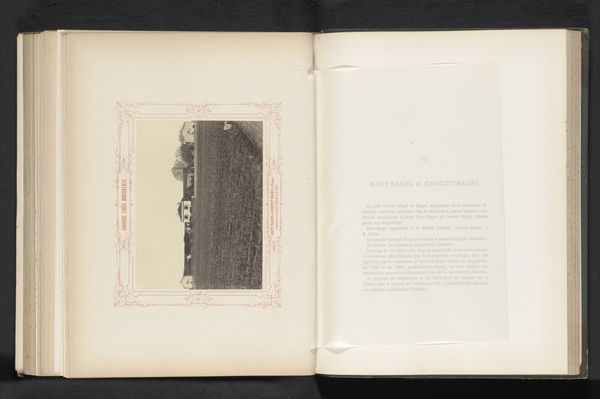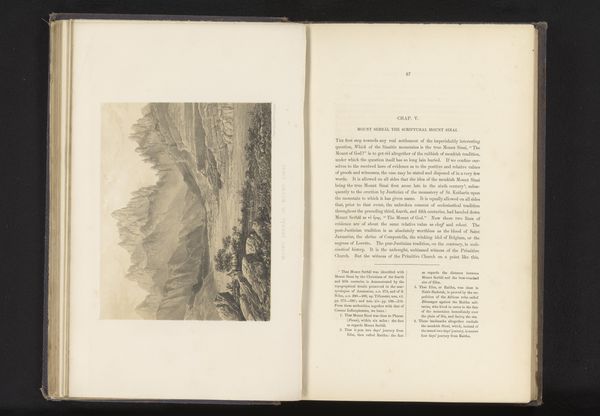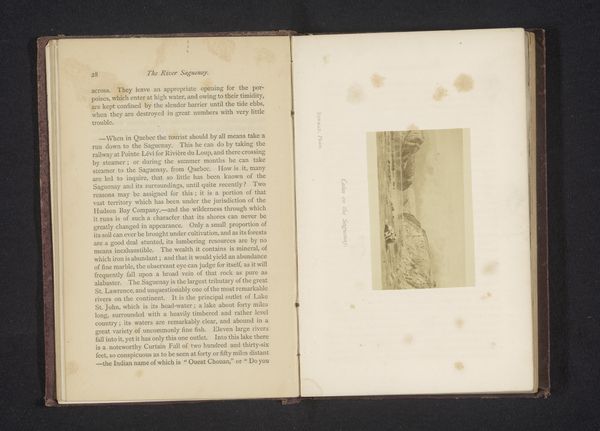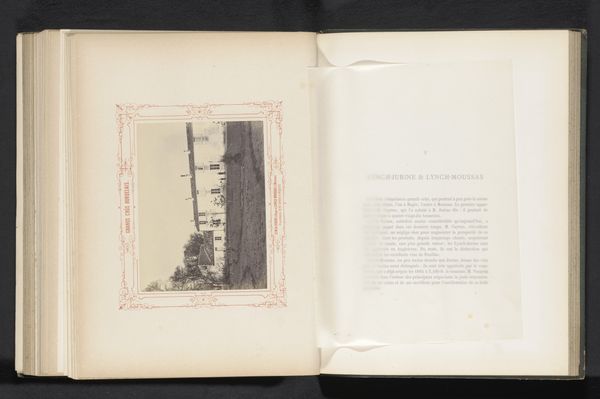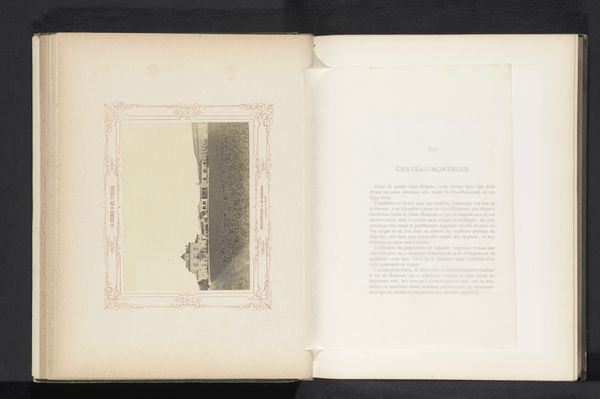
print, photography, gelatin-silver-print
#
dutch-golden-age
# print
#
landscape
#
photography
#
photojournalism
#
gelatin-silver-print
Dimensions: height 142 mm, width 206 mm
Copyright: Rijks Museum: Open Domain
Curator: Looking at this gelatin silver print entitled "Gezicht op torossen in de Karazee" - "View of Toros in the Kara Sea," created before 1886 by H. Ekama - I'm immediately drawn to its stark contrast. What strikes you most about it? Editor: The grainy texture and the high contrast make it feel quite desolate, almost lunar. There’s a severity to the landscape depicted; I imagine life here as harsh. How would a photograph like this have been received at the time? Curator: It’s worth remembering this photograph comes from the context of Dutch polar expeditions. These voyages, driven by both scientific curiosity and colonial ambition, sought to map and claim remote territories. This image, part of a larger published volume, visually documents these expeditions, feeding a European appetite for the ‘unknown’. Think of the logistical challenges involved in producing photography in such extreme environments. Editor: Indeed! Consider the weight of the equipment, the darkroom processes required in frigid temperatures… The materiality of the print becomes intrinsically tied to its message of exploration and human imposition on nature. It begs the question, what audience were these printed images meant for, and what role did this photographic labour serve for them? Curator: Predominantly a European, likely Dutch, elite fascinated by the ‘heroic’ endeavors in the Arctic. The photographic image, then as now, provides a perceived objective truth, legitimizing colonial endeavors. Its display within published albums further solidified its position in society. Editor: And who profited from that process? Were indigenous populations considered in the narratives surrounding these expeditions or merely subjects? Did the people in those environments even have access to images, of themselves or of their homeland, created and marketed in far off European capitals? Curator: Precisely. Ekama’s work presents a complex layering of industrialization, photographic skill, and exploration serving state agendas, pushing into and claiming resources in formerly remote lands. Editor: It's compelling to think how this object itself carries stories of human ingenuity and resource extraction - silver for the print, ships for the voyage. Makes you wonder what lasting impacts are connected to this moment of polar discovery.
Comments
No comments
Be the first to comment and join the conversation on the ultimate creative platform.

